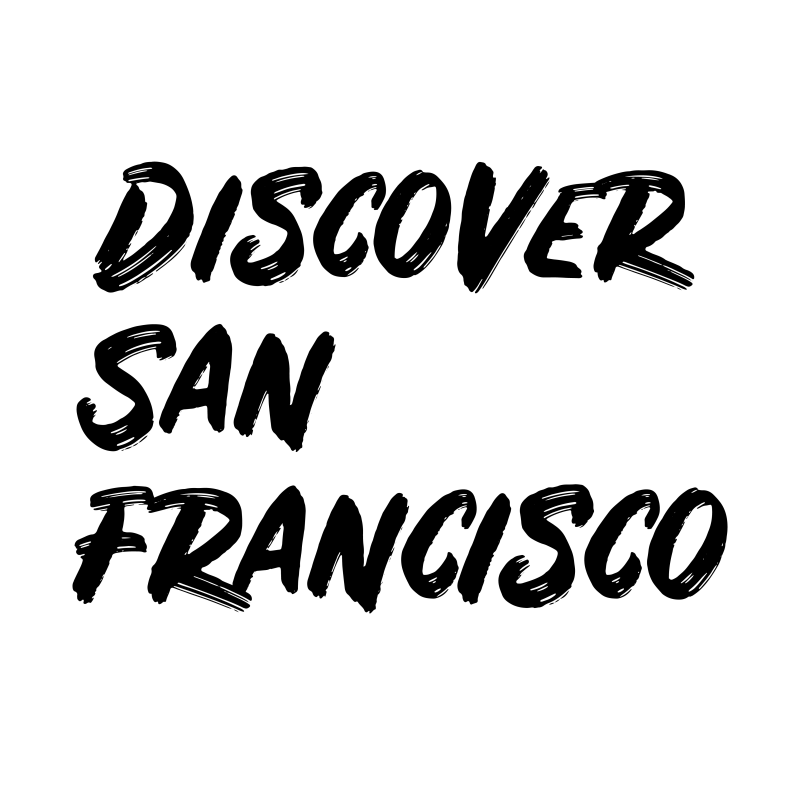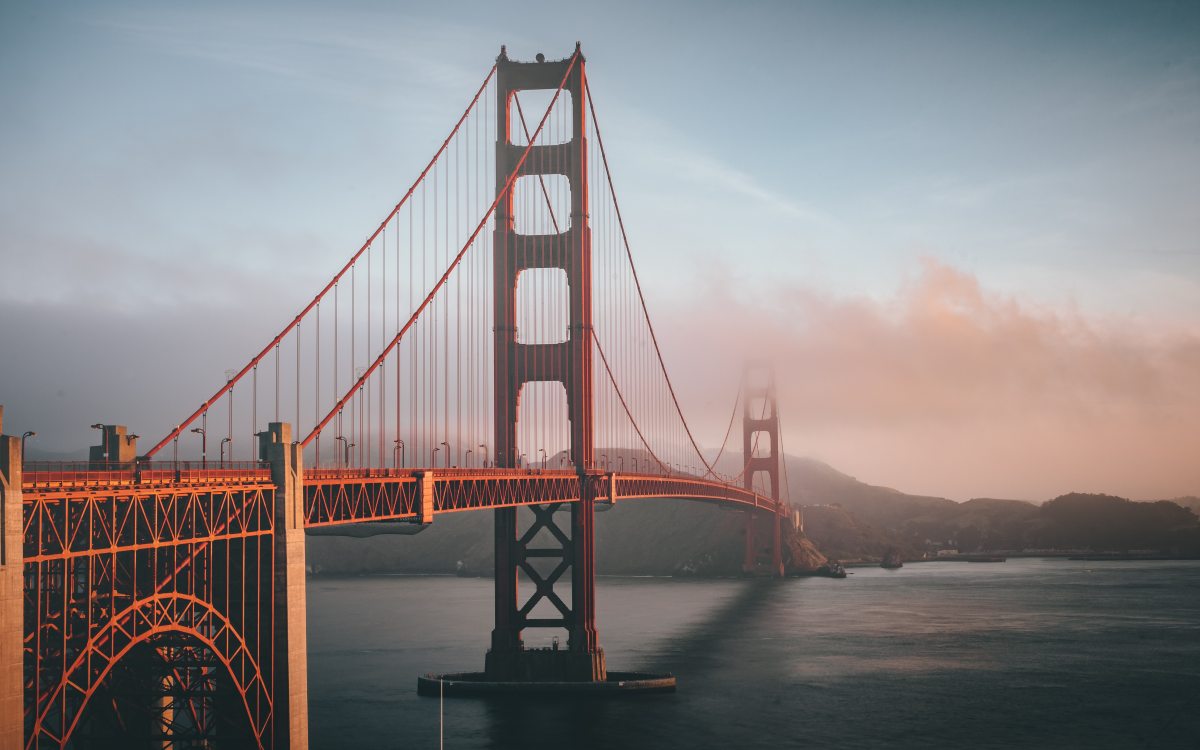
When is the best time to visit San Francisco? We’ve broken the best times to visit San Francisco depending on your preferences in weather, cost, & seasonal events.
Each Season Summarized
SPRING | March – May
Spring (March – May) is a good time to visit if you want affordable hotel rates and are willing to deal with cold weather (not as bad as winter) and chances of light rain. You will be able to avoid large crowds of other tourists since tourism season will not be in full force until the weather gets warmer in the summer and fall.
- WEATHER: While not in peak rain season, there are still possibilities of light rain (especially in March) so an umbrella or a waterproof jacket is recommended. Average daytime temperature are in the 60s while nighttime temperatures will be between high 40s to mid 50s.
- TRAFFIC: Tourist traffic will increase as the weather starts to get warmer. There will be fewer tourists than summer & fall but more than the wintertime.
- COST: Prices of hotels will start creeping up at this time but will still be cheaper than summer and fall.
SUMMER | June – August
Summers are not as warm as you think in San Francisco and it will still be slightly chilly (but thankfully no rain!) with LOTS of fog. Tourism is at its peak during this time and you will run into big crowds at major SF tourist destinations. A lot of families will be visiting this time of year since summer break is in session. Hotel rates will be more expensive than in spring or winter but still cheaper than the fall. If possible, try to avoid the summer season if you can since you will face high hotel rates and large crowds and the weather is not as nice as it is in the fall.
- WEATHER: Ironically, summers are quite cold in San Francisco. It will not be sunny and warm enough to give you a tan – you might be better off in Los Angeles or San Diego.
- TRAFFIC: Tourism season is at its peak during this time. It will be busy, busy, busy. Be ready for large crowds at Pier 39 and the Golden Gate Bridge.
- COST: Hotel + flights will be more expensive than the winter and spring but cheaper than the fall (when prices will reach a peak).
JUNE
- Stern Grove Festival (June to August)
- San Francisco Pride Parade
- Clusterfest (Comedy festival hosted by Comedy Central)
- Escape from Alcatraz Triathlon
- SF Jazz Festival
JULY
- Stern Grove Festival (June to August)
- SF Anime & Cosplay Festival in Japantown
- Fillmore Jazz Festival
- Bay Area Brew Festival
AUGUST
FALL | September – November
Fall is a great time to visit San Francisco if you’re looking for the best weather. SF is the warmest during this time (in the 70s and warmer than during the summer) and you will have sunny skies. Not surprisingly, be prepared for the highest hotel rates of the year during this time. While not as busy as the summer, tourist traffic will still be substantial and there are a couple major tech conferences happening during this time – which are the reason behind the sky-high hotel rates. If you can afford the higher hotel rates, it is highly recommended that you visit San Francisco during the fall for the best weather of the year.
- WEATHER: The weather will be the most pleasant during this time – temperatures will be in the 70s with sunny skies (you might get a little sweaty as you climb up some hills). San Francisco is actually warmer in the fall than it is during the summer.
- TRAFFIC: While not as busy as summer, autumn in San Francisco will still have a number of visitors. There are also a handful of major tech conferences happening in certain weeks where traffic will hit a peak (and as such costs will skyrocket).
- COST: The cost of hotel and flights will reach a peak during September and October (thanks to key tech conferences happening during this time) but will fall in November.
WINTER | December – February
If you care about affordability and cheaper hotel rates, then visiting San Francisco in the wintertime is your best bet. Hotel rates will be the lowest during this time but be aware that this is SF’s rainy season and an umbrella or waterproof jacket will be a must. Temperatures will be in the 40s and 50s. The city will empty out and become more quiet as it reaches the holiday season as many people leave to visit their families.
- WEATHER: Not surprisingly, it will be quite cold and wet (rainy season). You will need an umbrella/waterproof jacket. On a positive note, we don’t have snow! Temperatures will not surprisingly be the lowest during this time. Expect mid 50s in the daytime and mid 40s at night.
- TRAFFIC: Tourism is at a low during this time since the cold/wet weather is not the most appealing. Also, many people leave the city during Thanksgiving and Christmas time to visit family living outside of the city so it will be very quiet.
- COST: Hotels and flights will be the most affordable during this time due to the low tourist demand – which is influenced by the cold and wet weather.
JANUARY
- SF Sketchfest (Comedy Festival)
- SF Restaurant Week
- Noir City Film Festival (Also happens in December)
- FOG Design + Art Fair
- Chinese New Year Parade (Varies between Jan/Feb depending on the year)
FEBRUARY
- Chinese New Year Parade (Varies between Jan/Feb depending on the year)
- SF Giants FanFest
- SF Beer Week
- Valentine’s Day Pillow Fight
- Tulipmania at Pier 39
Best Weather
If you’re looking for the best weather, visiting SF in the fall will be your best bet.

Many San Francisco visitors mistakenly believe that summer is the best time for the nicest weather but in reality, summertime can be quite chilly in San Francisco (still in the low 50s to mid 60s) with the most fog. Fall is the best time for optimal weather – sunny skies with the warmest temperatures. However, note that even during the fall, temperatures can drop to the mid 50s and you will definitely need a nice jacket or keep a few thin layers unless you want to be left shivering at night.

While San Francisco doesn’t have any snow, it does have plenty of rain with peak precipitation in the wintertime and bringing an umbrella/waterproof jacket will be necessary. There are chances of light rain in the spring and late fall. While there is no rain during the summer and most of fall – be prepared for lots of fog (which hits a peak in summertime, surprisingly!).
Most Affordable
If you’re looking for the most affordable hotel rates, winter is the best time for you.

Hotel rates are the most affordable during winter and spring – when tourist traffic is relatively low and the city becomes surprisingly more empty as many people (who are originally from outside SF) leave the city during the holiday season. Hotel rates begin to spike in the summer and reach a high in the fall. Tourism hits a peak in the summer months when families with children visit the city in droves as summer break comes into session. There are several major tech conferences happening in the fall – which are to blame for the skyrocketing prices in those months.
Key Seasonal Events
JANUARY
- SF Sketchfest (Comedy Festival)
- SF Restaurant Week
- Noir City Film Festival (Also happens in December)
- FOG Design + Art Fair
- Chinese New Year Parade (Varies between Jan/Feb depending on the year)
FEBRUARY
- Chinese New Year Parade (Varies between Jan/Feb depending on the year)
- SF Giants FanFest
- SF Beer Week
- Valentine’s Day Pillow Fight
- Tulipmania at Pier 39
JUNE
- Stern Grove Festival (June to August)
- San Francisco Pride Parade
- Clusterfest (Comedy festival hosted by Comedy Central)
- Escape from Alcatraz Triathlon
- SF Jazz Festival
JULY
- Stern Grove Festival (June to August)
- SF Anime & Cosplay Festival in Japantown
- Fillmore Jazz Festival
- Bay Area Brew Festival

